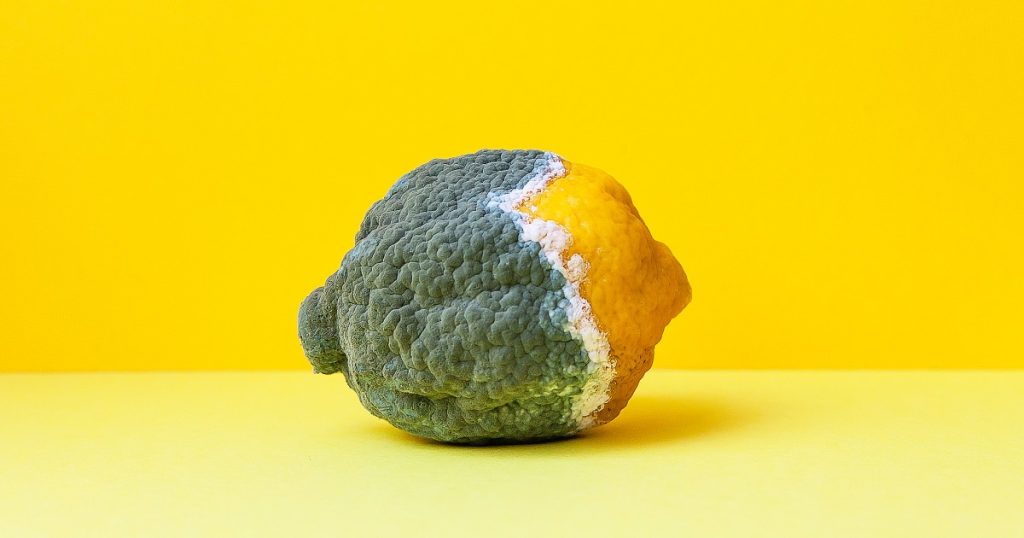Mold is a type of microscopic fungus that grows on food and other surfaces when moisture and oxygen are present. There are tens of thousands of species of mold that spread by producing tiny cells called spores. Mold can grow almost anywhere, but it thrives in warm and humid conditions. Foods with higher moisture content, like cheese, are more susceptible to mold growth. Although mold is a natural part of the environment and plays a role in breaking down organic matter outdoors, it can spoil foods or grow on damp surfaces indoors.
Some molds are harmless and even intentionally added to foods, such as certain cheeses like blue cheese and brie. These molds are safe to eat. However, other molds that grow on food due to spoilage can be harmful. Mold on bread may look like green or black spots, while berries often develop a white fuzz. Eating small amounts of mold is generally not harmful for healthy individuals, as the acids in the stomach break down the mold cells. However, immunocompromised individuals should avoid consuming mold as it can potentially result in fungal infections.
Certain molds can produce toxic substances called mycotoxins, which can cause serious health risks in both the short and long term. Aflatoxins, a type of mycotoxin, are known to be carcinogenic. It’s impossible to determine whether mold is toxic just by looking at it, so it’s best to avoid eating moldy foods altogether. The amount of mold consumed also matters, as larger quantities can result in nausea or stomach upset. People with mold allergies may experience adverse reactions from even small amounts of mold, either through inhalation or ingestion.
Cutting out or around mold on food may not eliminate the risk, as mold can penetrate deeper than the surface and slicing through it can spread spores to other parts of the food. Moldy foods may also contain invisible bacteria that can make you sick. It’s recommended to discard any food that is growing mold or touching other moldy food. If you have eaten moldy food and experience severe gastrointestinal symptoms or signs of an allergic reaction, seek medical attention. Otherwise, monitor your symptoms and consult a healthcare provider if you have any concerns.
To prevent mold growth on foods, it’s important to discard any food showing signs of mold, clean surfaces and containers that have been in contact with moldy food, and refrigerate perishables at 40 degrees or lower. Store and refrigerate cooked food within two hours of serving, cover foods while serving to prevent exposure to spores in the air, and eat or discard leftovers after three to four days. By following these tips and examining all food for signs of mold before purchasing, you can reduce your risk of exposure to mold spores and keep your food mold-free.


